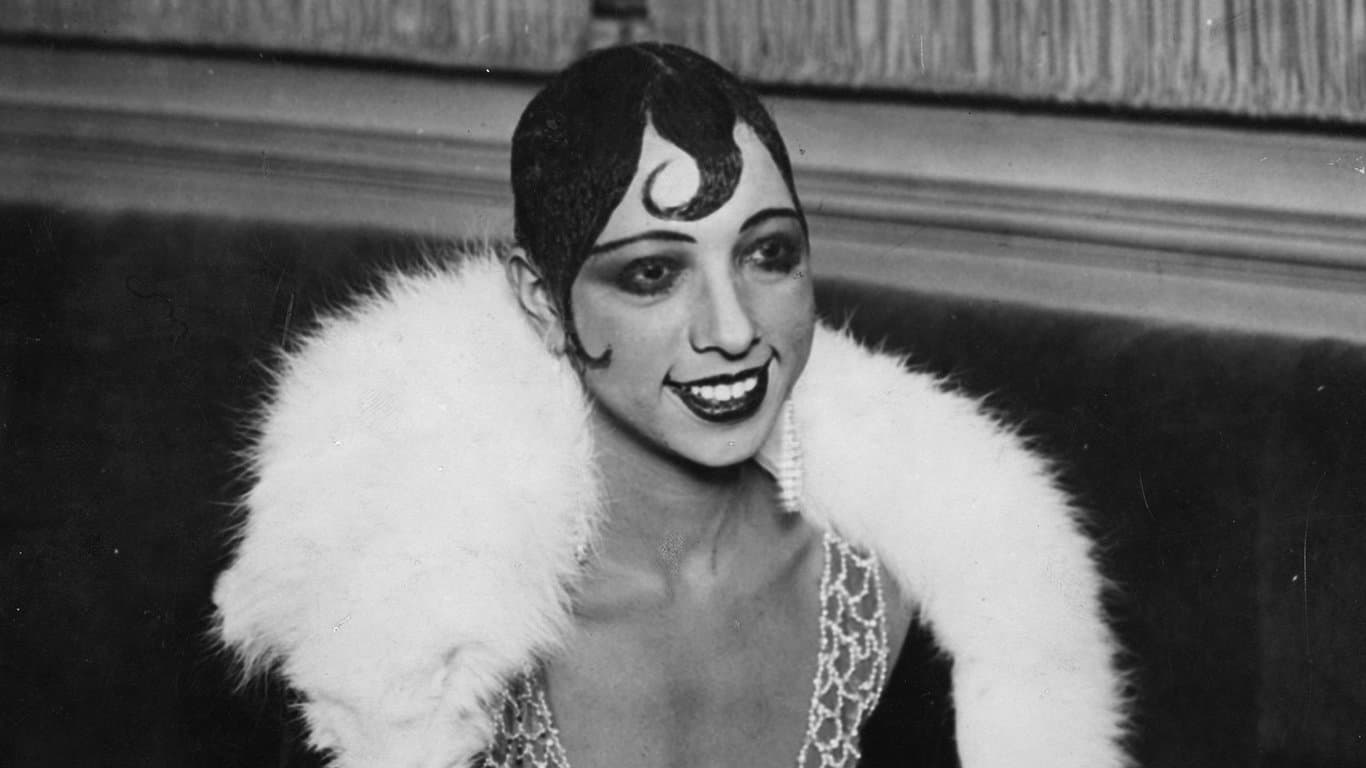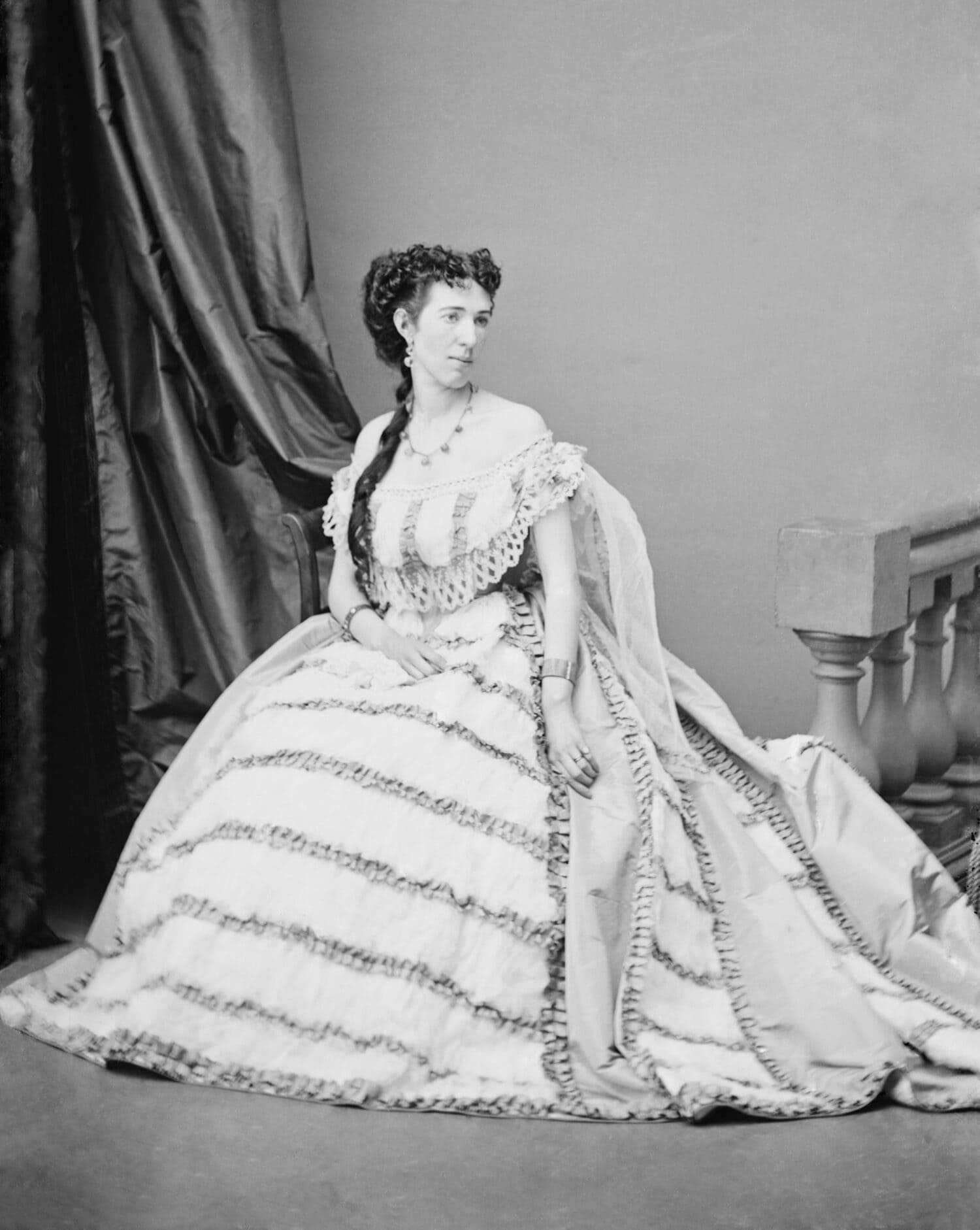Since the dawn of time, mankind has established states and a coterie of individuals tasked with safeguarding their sovereignty through a mixture of intelligence gathering and political deception. Indeed, the oldest known classified document comes from a spy disguised as a diplomatic envoy in the court of King Hammurabi some four thousand years ago. There are, however, some spies that have become the most famous in world history.
Much like crime, however, the best or most successful spies are the ones you probably have never heard of. By remaining undetected, spies can do their best work. Others, however, are not so fortunate. By circumstance or happenstance, some spies are uncovered and imprinted in the history books.
It’s not all due to failures, however. Just as many of the most famous spies were also celebrities like singers, athletes, and even professional chefs. In this article, we will explore 10 of the most famous spies in world history. Some you’ve probably never heard of, while others may surprise you. (If you’re interested in state agents of the more warlike variety, discover the most famous warriors in history.)
To compile a list of the most famous spies from history, 24/7 Tempo consulted a range of encyclopedic and historical sources including Britannica and the International Spy Museum. Next, we selected a range of spies who gained fame through their normal profession and others who became a part of history through infamy. After that, we consulted sites like Biography and Time Magazine for specific biographical information.
Belle Boyd
One of the most famous spies in world history is undoubtedly Belle Boyd. Born Maria Isabella Boyd, Boyd’s spy career started by pure chance. According to her, it all got started in the year 1866. The American Civil War was in full swing and a group of Union officers came to investigate the Confederate flags hanging around her room. After one of the officers cursed at her mother, Boyd pulled out a gun and shot him.
Though a board of inquiry forgave her for the murder, the Union army still kept sentries posted around her home. In the process, Boyd became close to one of them named Captain Daniel Keily. Through her charm, Boyd was able to glean secrets about the state of the Union Army. She immediately relayed these secrets to Confederate Officers in a hollowed-out watch case.
This started an extensive, if not, miraculous spy career. Though she was arrested six separate times for her spying on the Union army, Boyd somehow evaded imprisonment each time. After the war, in a bit of an ironic twist, Boyd married a Union officer and moved to England. There, she found success as a stage actress before publishing her highly exaggerated account of her wartime espionage. (Curious about other Civil War information, explore the states with the most Civil War deaths.)
Klaus Fuchs
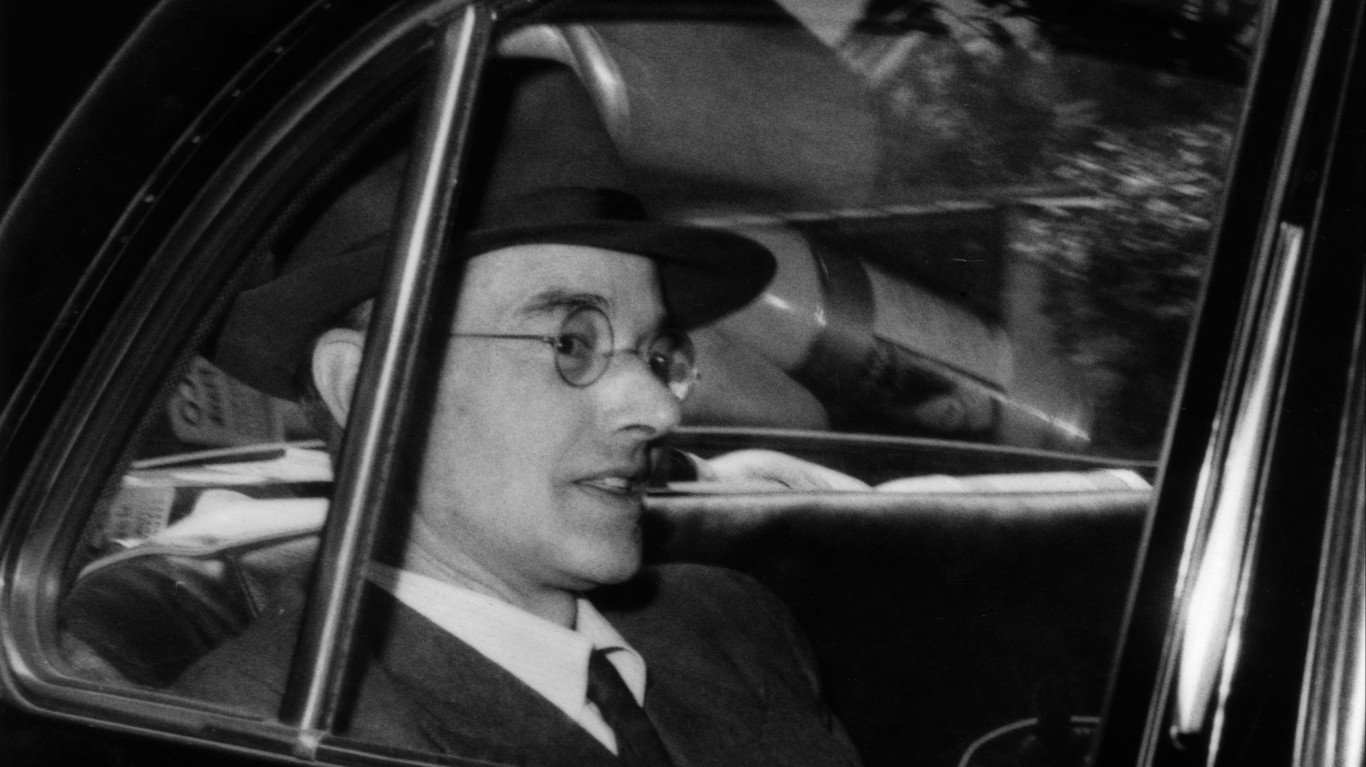
A theoretical physicist by trade, German-born Klaus Fuchs got his start spying after he fled the country for England during the Second World War. There, he became the assistant to Rudolf Peierls and worked on the British Atomic Project. Impressed with his work, Fuchs was later hired by the Americans to work on the much-shrouded Manhattan Project at Los Alamos Laboratory.
While Fuchs appeared to be a model employee and expert scientist, his allegiances lay elsewhere. In 1950, he confessed to passing on state secrets to the Soviet Union over seven years. Though the British government imprisoned him, he was released after nine years. From there, he moved back to Germany and had a successful career as deputy director of the Central Institute for Nuclear Physics in Dresden.
Josephine Baker
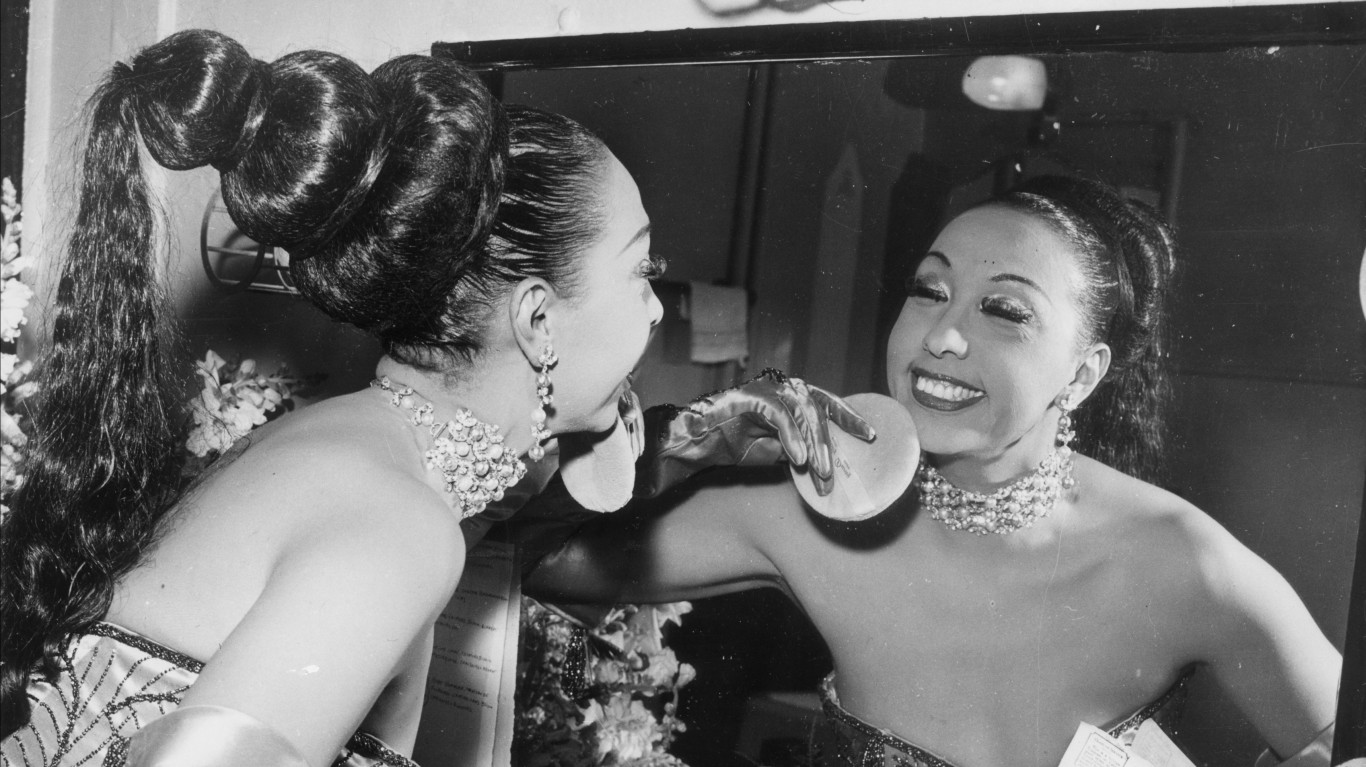
While Josephine Baker is best known as an actress, singer, and dancer, she did more than her day job. A hit on the venue circuit of Europe, Baker was used to rubbing shoulders with some of the biggest figures on the continent. So when World War II broke out, the French intelligence agency (Deuxième Bureau) tapped her for some extra work.
Since she already rubbed shoulders with high-level officials from countries like Italy and Germany, the French resistance asked her to pass along any interesting information she might hear. To accomplish this, Baker wrote secrets in invisible ink on sheet music before passing it on to French Intelligence officials. Though it is hard to quantify what exactly her spying accomplished, it was enough for the French military to later award her the Croix de Guerre award for her resistance against the Axis powers
Mata Hari
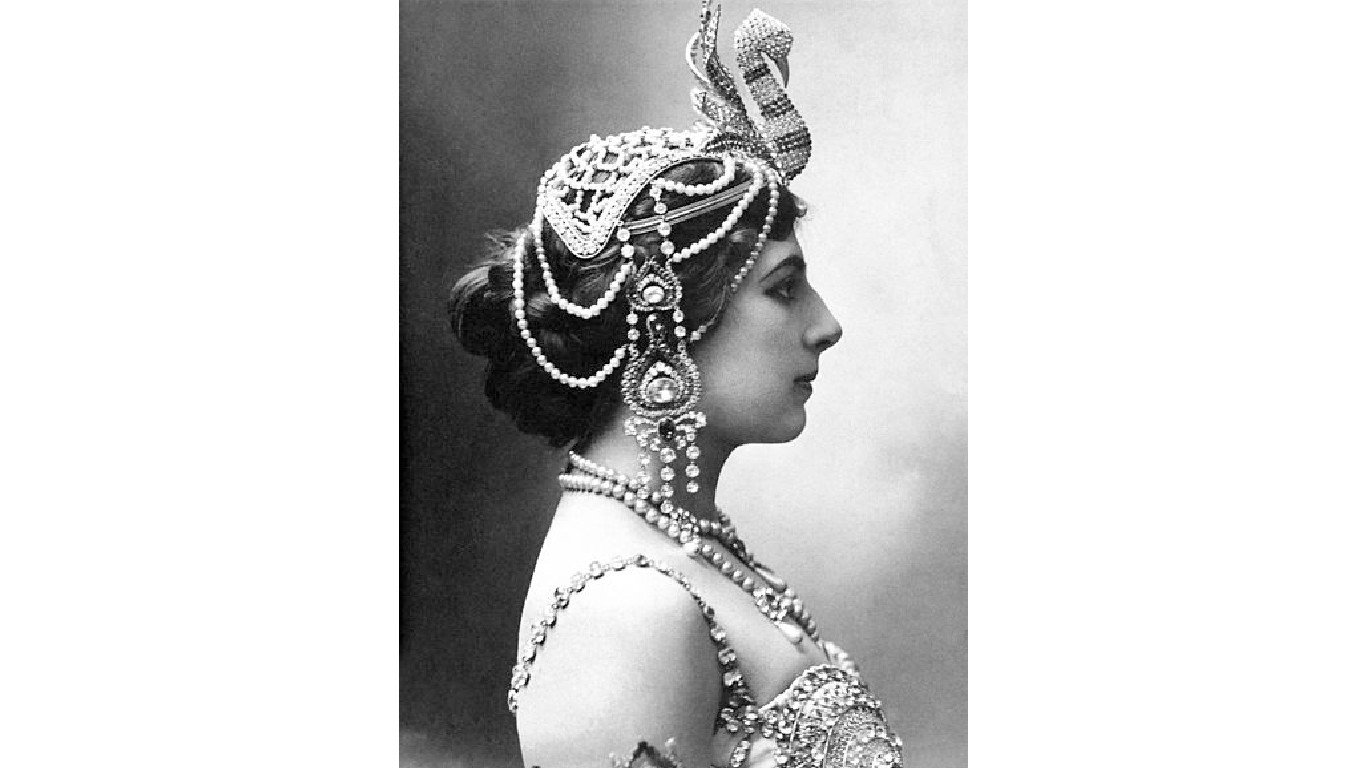
A Dutch dancer by trade, Margaretha Geertruida MacLeod turned heads across Europe as the exotic performer Mata Hari. Flirtatious, seductive, and willing to flaunt her body, Hari gained critical acclaim in the first half of the 20th century for her scandalous dance performances. When World War I broke out, the Netherlands remained neutral, allowing Hari to cross country borders with ease.
Though she was initially tapped by the Deuxième Bureau to spy for France, the story becomes a typical espionage smoke and mirrors narrative from then on. While spying for Franch, she allegedly became a double agent after offering secrets to the German Crown Prince.
After the French intercepted German messages proclaiming the value of an agent that matched Hari’s description, she was arrested in Paris. This eventually led to her execution by a French firing squad. Though she used her last words to proclaim her innocence, Hari’s double agent status has been called into question. Some say she was used as a scapegoat by the failing French Army to cover their mistakes.
Moe Berg
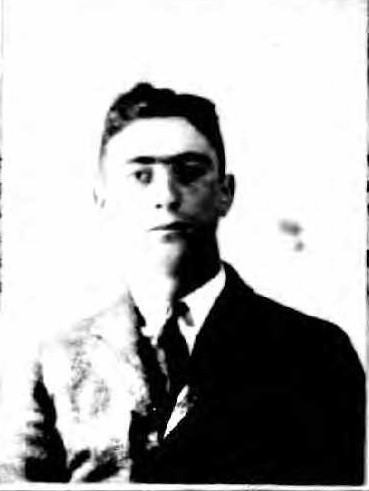
A true renaissance man, Moe Berg could seemingly do it all. Though he was a professional baseball player in the Major Leagues for decades, Berg was also an intellectual. A graduate of Princeton University and Columbia Law School, Berg spoke multiple languages and reportedly read ten newspapers a day. He even appeared on a quiz game show, expertly answering obscure questions about language etymology and historical events.
When World War II broke out, the United States government enlisted him as a spy, sending him to Yugoslavia to gather intelligence on various resistance groups. Later, on a mission in Italy, Berg spied on the burgeoning German nuclear weapons program. After the war, he was tasked by the precursor to the CIA to spy on the Soviet atomic bomb project. Though he was reportedly a flaky spy, President Harry S. Truman later awarded him the Medal of Freedom.
John André
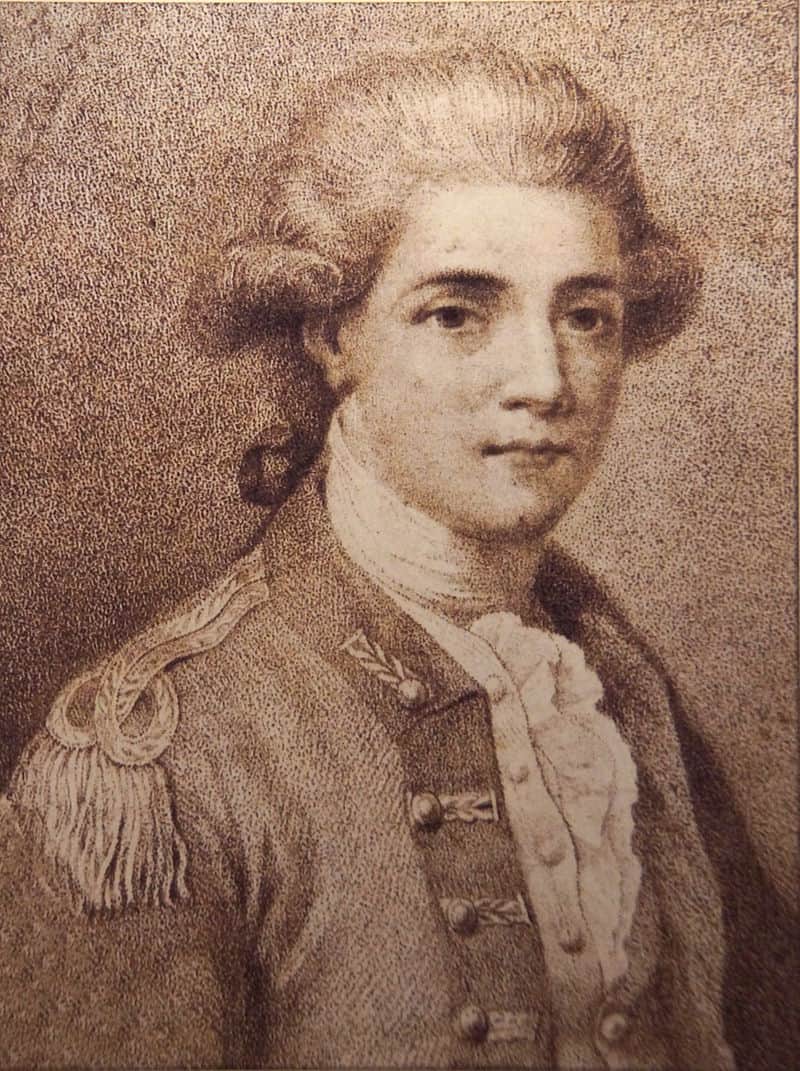
Another one of the most famous spies in world history is John André. Head of British Intelligence Operations during the American Revolutionary War, André imprinted upon history through his involvement with the famous American traitor Benedict Arnold.
Tasked with negotiating Benedict’s planned surrender of the American fort at West Point, André almost succeeded before he was captured. Through a series of unlucky and absurd events, André was discovered carrying papers exposing the planned takeover by American troops. Though Arnold managed to escape to England, André wasn’t as lucky. Convicted of espionage, he was quickly hanged on the orders of General George Washington.
Ian Fleming
Another one of the most famous spies in world history is author Ian Fleming. He gained worldwide fame for his brash, stylish series of novels that catapulted fictional British MI6 agent James Bond into the public imagination. A charming, unflappable protagonist, James Bond exploded into the public consciousness through his daring and devilish escapades across the world. The books were so popular, they were adapted to some dozen films in the past half century and show no sign of slowing. It wasn’t entirely made up, however, as Fleming had once been a spy himself.
Starting his military career during World War II, Fleming was promoted to Lieutenant Commander RNVR, eventually becoming assistant to the British director of Naval Intelligence. Using the espionage knowledge he gained during the war, Fleming even inserted real people into the novel’s characters. The head of the M16 in Fleming’s books, “M,” is reportedly based on Rear Admiral John Godfrey.
Nathan Hale
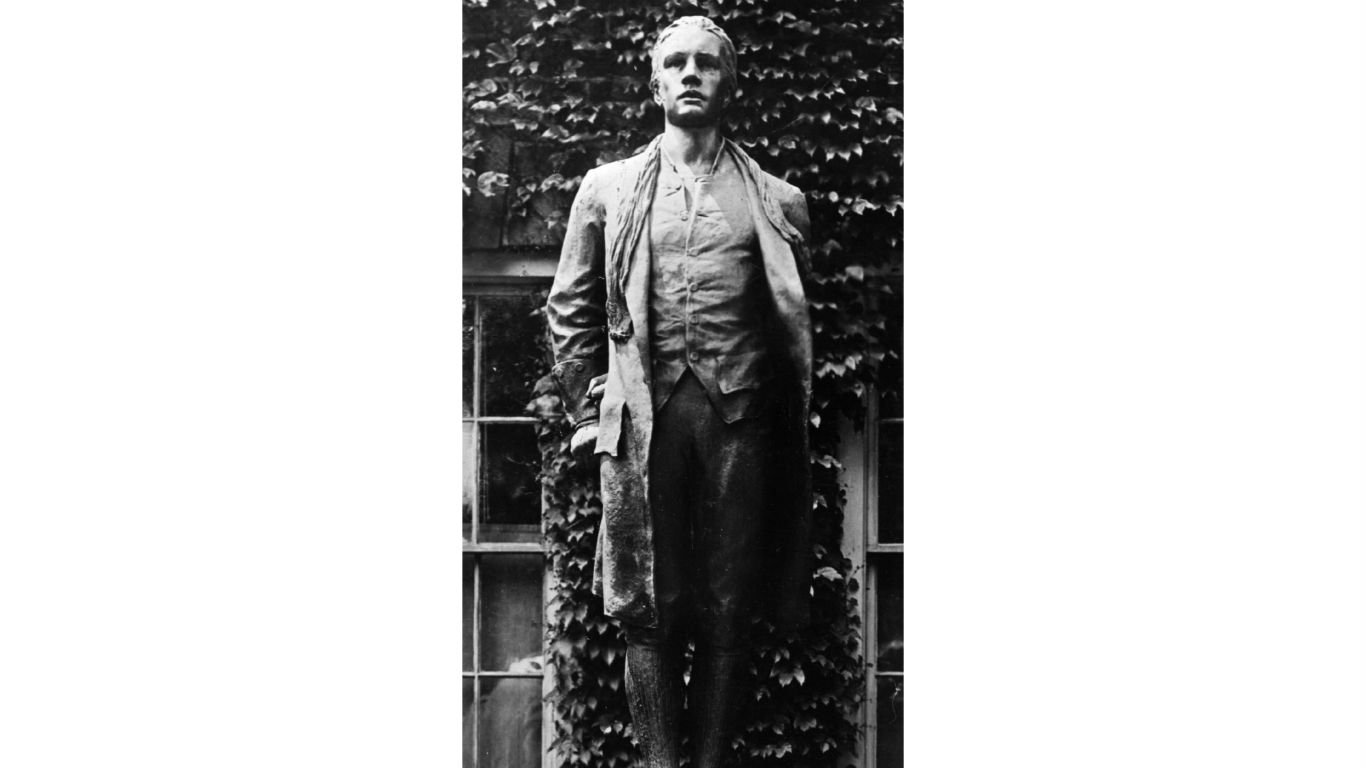
Killed at age 22, Nathan Hale is remembered as an American patriot.
Another one of the most famous spies in world history is Nathan Hale. A soldier for the Continental Army during the American Revolutionary War, Hale sealed his fate in history after he volunteered for an intelligence-gathering mission in New York City. Tasked with reporting on British troop movements, his plans were foiled after New York City fell to the British Forces.
After the British troops rounded up hundreds of leftover American soldiers and detained them, Hale’s identity was uncovered. Though reports differ on how exactly his cover was blown, it made little difference. All spies were considered illegal combatants. Upon his execution, Hale uttered the now-famous words, “I only regret that I have but one life to lose for my country.”
Julia Child
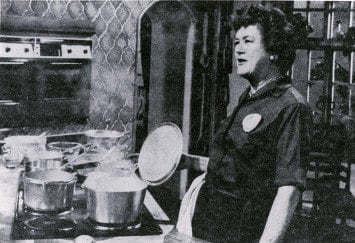
Another one of the most famous spies in world history is no doubt, Julia Child. After undergoing intensive culinary study in Europe, she gained worldwide fame for her popularization of French cooking methods. For decades, Child appeared on television, hosting shows and bringing the idea of gourmet cooking into the public consciousness. Before that, however, Child took on a different kind of employment. Indeed, during World War II she joined the precursor to the CIA, the Office of Strategic Services (OSS).
Working directly for the agency’s infamous head, William “Wild Bill” Donovan, Child was in charge of tracking highly classified documents. She was also one of the few female agents to be deployed for espionage work in China and what is now Sri Lanka. In later years she downplayed her spy work as that of a low-level filing clerk. However, Child was eventually awarded the Emblem of Meritorious Civilian Service for her work at the OSS.
Sir Francis Walsingham
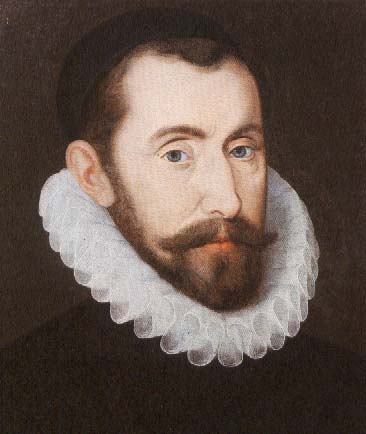
Another one of the most famous spies in world history, and perhaps the one that had the biggest influence on it, was Sir Francis Walsingham. Though he was born into the landed gentry of England, Walsingham later rose from political obscurity to become the principal secretary of Queen Elizabeth I.
A diligent statesman with a suspicious, measured eye, Walsingham uncovered multiple plots against the British crown. These included Francis Throckmorton’s plot to free the imprisoned Mary, Queen of Scots, as well as the Babington plot. For the exposure of this latter plot, Walsingham ensured the famous execution of the Queen of Scots at Elizabeth I’s hands.
Though he comes down through history to us as a master spy, Walsingham also did notable work for England. Besides disrupting a plethora of espionage plots, his strides in foreign policy helped establish England as a maritime power. He also, ironically, worked to unite England and Scotland. (Eager to learn more about female spies? Discover the most famous female spies in American history.)
